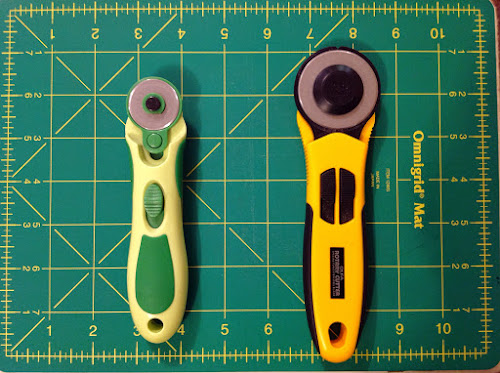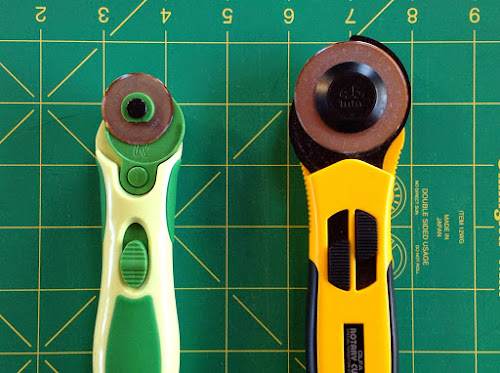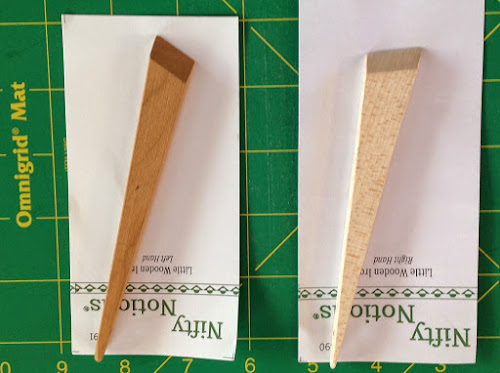Left handed people make up 10% of the population, but, frankly, it seems like society has forgotten about them. Right-handed gadgets, awkwardly designed desks, cooking tools that fit comfortably in your right hand (now that’s just wrong!)..
What causes someone to become a southpaw? Scientists aren’t exactly sure, but research points to a complex collaboration between genes and environment. While no exact set of “leftie genes” have been discovered, people who dominantly use their left hands do have more left-handed family members. And researchers have found different brain wirings in righties vs. lefties.
Read more facts about left-handed people here.
Also, left handed people are more likely to go into the arts. I am curious if sewing and quilting considered to be art?
Here is an interesting set of questions to determine which hand is dominant.
We all, of course, know in which hand we hold a pen, but how far does this bias extend throughout your body? Are you left-eared? Left eyed? Here is a simple test you can apply to yourself.
If you have always considered yourself to be right or left-handed you will probably now have discovered that your body is less than total in its devotion to its favored side. If you are right-handed the chances are that you were not able to be 'right' 10 times.
(Source)
Do you know that some roller cutters are designed for both, left and right handed? Compare these two cutters: left one is designed only for right-handed, but yellow one has two buttons. Your choice!
What causes someone to become a southpaw? Scientists aren’t exactly sure, but research points to a complex collaboration between genes and environment. While no exact set of “leftie genes” have been discovered, people who dominantly use their left hands do have more left-handed family members. And researchers have found different brain wirings in righties vs. lefties.
Read more facts about left-handed people here.
Also, left handed people are more likely to go into the arts. I am curious if sewing and quilting considered to be art?
Here is an interesting set of questions to determine which hand is dominant.
We all, of course, know in which hand we hold a pen, but how far does this bias extend throughout your body? Are you left-eared? Left eyed? Here is a simple test you can apply to yourself.
If you have always considered yourself to be right or left-handed you will probably now have discovered that your body is less than total in its devotion to its favored side. If you are right-handed the chances are that you were not able to be 'right' 10 times.
(Source)
Do you know that some roller cutters are designed for both, left and right handed? Compare these two cutters: left one is designed only for right-handed, but yellow one has two buttons. Your choice!
Can you see the difference it these two wooden pressers? They are also designed for left or right handed.


















